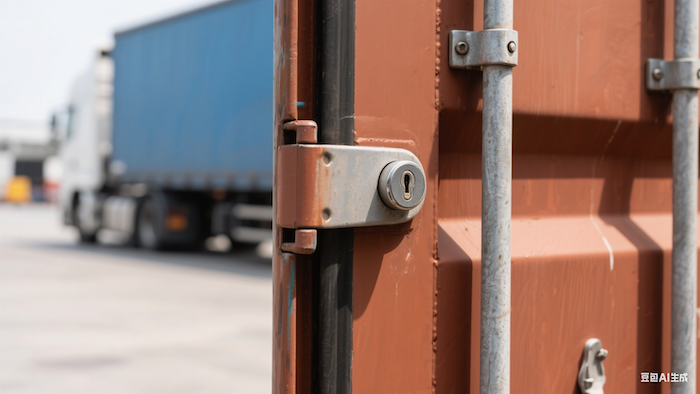The Application of Internet of Things smart locks in smart street lamps
With the rapid development of urban intelligence, urban night lighting has become a hallmark of modern cities. The small street lamps not only directly affect the image of the city but also the safety of night travel for thousands of households. Whether the street lamps operate normally and whether the maintenance of the electrical control box is in place directly reflect the management level of the city and the development of science and technology. How to achieve early detection, early resolution and early prevention of street lamp hazards through scientific and effective management methods is an important means that is urgently needed in the current urban street lamp management and construction.
Nowadays, the application of smart street lamps is becoming increasingly widespread, and the existing hidden dangers and problems are gradually being exposed. Some units carried out construction without review, and the management could not be effectively coordinated. The discovery was not timely, which affected the normal operation of the underground lines of the lamps and led to the damage of the street lamps. The inspection frequency fails to meet the required standards, and the maintenance and management efforts are insufficient. Street lamps are leaking electricity, and lamps, power supplies, and cables are stolen, resulting in huge economic losses. Due to management deficiencies, the on-site inspection and patrol by maintenance personnel are inadequate. It is impossible to know whether the locks have been opened for inspection or not. In the event of a major accident, it is impossible to hold them accountable. These problems all seriously affect the actual use of street lamps. With the development of technology and the Internet of Things (iot), iot locks have correspondingly solved the existing problems of street lamps.
With the continuous development of technology in The Times, locks have undergone multiple updates and replacements. Smart locks refer to locks that are different from traditional mechanical locks and are more intelligent in terms of user identification, security, and management. As the name suggests, the Internet of Things smart lock is a narrowband Internet of Things technology based on 4G cellular networks. In short, it is to achieve the role of management and security through the application of electronic locks in combination with Internet of Things technology. At present, there are several types of door locks on sale in the domestic market, such as mechanical locks, sensor locks, password locks, and fingerprint locks. The functional principles and technical applications of each product are different. Compared with traditional locks, Internet of Things (iot) smart locks can effectively avoid a series of problems existing in traditional locks, such as multiple keys, easy loss, privately made keys, and genuine borrowing and returning. They can also achieve remote control, Bluetooth connection, fingerprint recognition, card swiping, and background data recording functions. Effectively prevent the damage of street lamps. The inspection frequency fails to meet the required standards, and the maintenance and management efforts are insufficient. Street lamps are leaking electricity, and lamps, power supplies, and cables are stolen, resulting in huge economic losses. Due to management deficiencies, the on-site inspection and patrol by maintenance personnel were not thorough enough, and it was unknown whether the locks were opened for inspection. It plays an important role both in the management and operation and maintenance of personnel and in the modernization of cities.
With the acceleration of global smart cities in recent years, Internet of Things (iot) technology has become known and understood by people. "iot smart locks" are narrowband iot technologies based on 4G cellular networks that can be applied to various fields of production and life. The smart lock market is also expected to experience explosive growth in the coming years.



